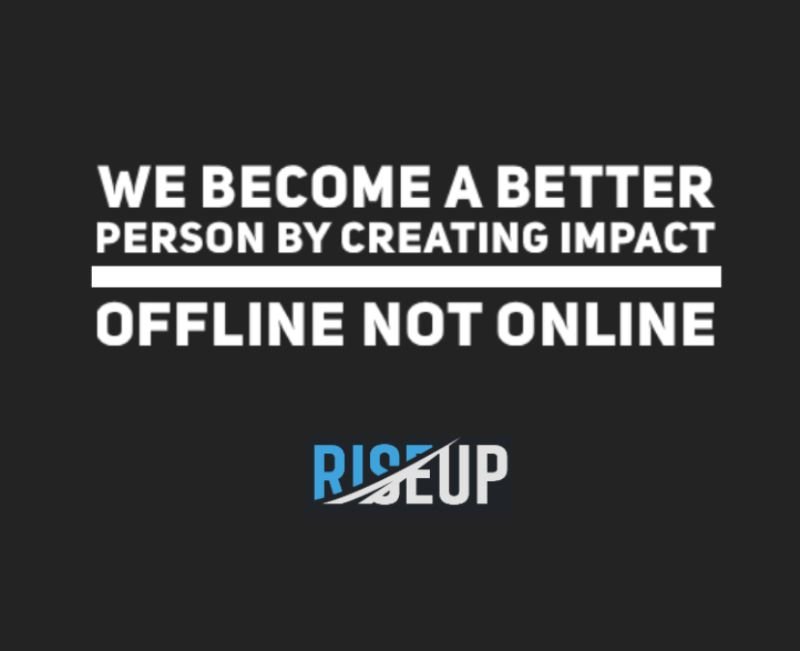 Embracing Change
Embracing Change
How to adapt to changes effectively.
Most of use love variety and new challenges that help us to learn new abilities in the process. This is why change helps us to grow. People are fine with change – it is the transition that people need to get used to. Change is about transition.
When dealing with change, it is not about the new system, software, or processes that are being introduced. These can be learned, and if they can be learned, they are not problems. Yet so often, they become the highlight, and people totally miss the point.
People Are Predictable
More than 60 years on research on social psychology has proven that our behavior can be predictable at times. Organization or leaders will have an uphill task if they do not have a strong understanding of people’s behavior and how they react to change.
If we can predict people’s behavior in advance, we can avoid unnecessary pitfalls and increase our success rate of shifting people’s behavior towards our desired direction. Frustration with regard to changes are universal and inevitable. This means that people’s reactions are predictable. The process can be managed with some understanding and patience.
Here are three ways to implement change effectively.
1. Take Things One At A Time.
Most of us are not great with multi-tasking. What we are naturally good at is focusing on one thing at a time. We have a tendency to explain or justify our actions or decisions in detail, but when it comes to the action that needs to be taken during change, the information given is often not helpful. The people involved in the process have forgotten what was expected in the beginning.
The more complex you made the change process, the more difficult you are making it for people to take action. Therefore, focus on one behavior you want people to adopt before you move on to the second phase of the change.
2. Give instructions
In the event of a crisis where time is short, you should instruct people on what to do and pace them through the entire storm. This is the time where people need guidance and if you are the team leader, you should take the lead so that people has better clarity. When there is clarity, people are likely to doubt the process less and take a leap of faith.
But if the task is relatively simple, the leader should give their people the freedom to get things done. This autonomy will be greatly appreciated and help to involve everyone during the journey.
3. Clarity is King
During uncertainties, what people need is information to explain a certain action or behavior. Stress is often caused by a lack of information. While we can’t predict the future, people still appreciate some information to help them predict the future.
In summary, if you are about to implement change, take one step at a time. Be clear about what is expected, and know where to direct the ship or let the crew ensure the ship stay intact and strong to sailing through a storm.

